IoT for Efficient Effluent Water Discharge Detection and Environmental Safety
The demand for clean pollution-free water has reached a critical point worldwide. With rising industrialization, the contamination of water bodies through effluent discharge is a pressing environmental concern prompting stricter regulations for industries. Effluent discharge when unmanaged pollutes rivers lakes and oceans harming ecosystems endangering human health and leading to hefty fines for businesses.
Here’s where the Internet of Things (IoT) steps in as a game-changer for industries by offering a robust efficient solution for effluent water discharge detection. An IoT-based water quality monitoring system provides real-time tracking helping businesses stay compliant with environmental standards and protect surrounding water bodies.
In this blog we explore how an IoT system for effluent water discharge detection works its components and its importance for environmental compliance and protection.
What is IoT-Based Effluent Water Discharge Detection?
An IoT-based effluent water discharge detection system monitors the quality of wastewater leaving industrial facilities to ensure it meets environmental standards before release. This involves a network of sensors that gather data on water quality parameters like pH turbidity dissolved oxygen temperature and conductivity.
Real-time data is then sent to a cloud platform where it’s analysed processed and displayed on dashboards for easy monitoring. Alerts are generated when water quality parameters exceed safe levels enabling industries to take immediate action. This proactive approach not only minimizes the risk of environmental damage but also helps businesses avoid fines and stay compliant with stringent regulations.
Why Industries Need Effluent Water Discharge Detection
Industrial processes often produce wastewater containing pollutants that are harmful to aquatic life and human health. Without proper monitoring these pollutants can find their way into rivers lakes and oceans. Regulatory bodies have mandated strict limits on the quality of discharged water and failure to comply can result in heavy penalties and reputational damage.
IoT-based effluent water discharge detection systems offer a reliable cost-effective solution by continuously monitoring water quality in real time.
Key benefits include:
- Real-Time Alerts: Immediate notifications allow operators to respond quickly to potential pollution events.
- Data Logging for Compliance: Historical data storage ensures businesses can easily provide reports to regulatory bodies.
- Reduced Operational Costs: Automated monitoring decreases the need for frequent manual sampling.
- Increased Environmental Responsibility: By reducing pollution industries demonstrate commitment to sustainability and eco-friendly practices.
Core Components of an IoT-Based Effluent Water Detection System
Building an IoT solution for effluent discharge detection involves several hardware and software components:
1. Water Quality Sensors
Sensors form the backbone of any IoT water quality monitoring system continuously measuring essential parameters:
- pH Sensor: Measures acidity or alkalinity levels in water an indicator of chemical contamination.
- Turbidity Sensor: Assesses the clarity of water detecting suspended particles that indicate pollution.
- Dissolved Oxygen (DO) Sensor: Checks oxygen levels in water; low levels may indicate organic pollution.
- Temperature Sensor: Monitors water temperature as fluctuations can affect aquatic life and may indicate abnormal industrial discharges.
- Conductivity Sensor: Measures Total Dissolved Solids (TDS) indicating ionic compounds in the water.
These sensors provide the raw data needed to evaluate the quality of discharged water.
How Does an IoT-Based Effluent Water Detection System Work?
An IoT-based effluent detection system follows a clear sequence to ensure accurate monitoring and prompt response:
- Data Collection: Water quality sensors continuously collect data on parameters like pH turbidity dissolved oxygen and conductivity.
- Data Processing: The microcontroller processes this raw data filtering out noise and checking values against threshold limits.
- Data Transmission: Only relevant data is transmitted via an IoT gateway to the cloud reducing bandwidth usage and costs.
- Data Analysis: The cloud platform analyzes incoming data in real time. When water quality parameters exceed permissible levels it triggers an alert.
- Alerts and Notifications: Notifications are sent to operators via SMS email or a mobile app allowing them to take immediate corrective action.
- Control Mechanism: In some cases an automated shutdown valve can be triggered to stop the effluent discharge until corrective measures are taken.
This sequence ensures that industrial facilities maintain compliance with water quality standards and that effluent discharge does not harm the environment.
Advantages of IoT-Based Effluent Water Discharge Detection
An IoT-based effluent water detection system provides several advantages for industries regulatory bodies and the environment:
- Proactive Environmental Management IoT solutions provide real-time monitoring enabling immediate action when pollution levels exceed safe limits. This helps prevent environmental disasters and protects local ecosystems.
- Cost Savings Automation reduces the need for frequent manual sampling and analysis lowering labor and operational costs. Additionally by staying compliant businesses avoid costly fines.
- Improved Compliance and Reporting IoT systems log data continuously providing a historical record of water quality. This helps industries easily generate reports for regulatory compliance eliminating the need for manual record-keeping.
- Data-Driven Insights By analyzing historical data businesses can identify patterns anticipate potential issues and optimize their processes to reduce pollution.
- Enhanced Reputation Businesses committed to environmental responsibility build a positive brand image. An IoT-based solution demonstrates a proactive approach to sustainability strengthening trust with the community and stakeholders.
Applications of IoT-Based Effluent Water Detection Systems
IoT effluent water detection systems have versatile applications across several industries:
- Manufacturing Plants: Continuous monitoring helps detect pollutants in wastewater before it enters water bodies ensuring compliance with environmental standards.
- Wastewater Treatment Plants: IoT solutions allow operators to monitor treatment processes in real time ensuring discharged water is safe and clean.
- Agriculture: Monitoring runoff from agricultural fields prevents fertilizers pesticides and other contaminants from reaching nearby water bodies.
- Mining: Mining operations often produce acidic wastewater which needs monitoring to avoid pollution of nearby streams and rivers.
- Power Plants: Power plants discharge large volumes of heated water which can affect aquatic life. Monitoring temperature and other parameters is crucial for compliance.
Implementing IoT-Based Effluent Detection: Challenges and Solutions
Implementing an IoT-based effluent detection system presents some challenges but they can be addressed with proper planning:
- Connectivity Issues
- Many industrial sites are in remote areas with poor connectivity. Using IoT gateways that support multiple connectivity options (e.g. cellular LoRa) ensures reliable data transmission.
- High Sensor Costs
- High-quality sensors can be costly. However they provide long-term value by reducing fines and operational costs through automated compliance.
- Data Security
- Ensuring secure data transmission is critical. Using encrypted connections and secure cloud platforms can prevent data breaches and unauthorized access.
- Maintenance
- Regular maintenance of sensors and microcontrollers is necessary to ensure accurate data collection. Setting up a routine maintenance schedule helps keep the system reliable.
Conclusion: IoT – The Future of Environmental Compliance and Effluent Water Detection
Effluent water discharge detection is essential for industries to comply with environmental regulations and protect ecosystems. An IoT-based effluent detection system offers an efficient automated way to monitor water quality helping industries maintain compliance while reducing operational costs.
By investing in IoT technology businesses demonstrate environmental responsibility enhance their reputation and contribute to a more sustainable future. IoT for effluent water monitoring is more than a regulatory requirement; it’s a proactive step towards safeguarding our planet.
As IoT technology continues to advance these systems will become even more precise accessible and integral to industrial operations. Embracing IoT for effluent water discharge detection isn’t just a smart business decision—it’s an investment in the future of environmental sustainability.

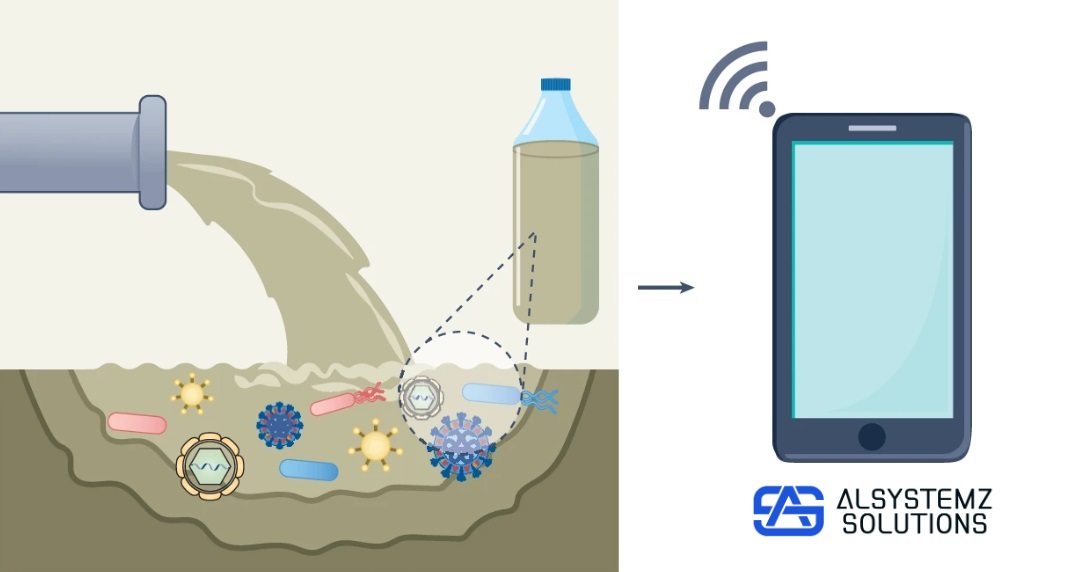
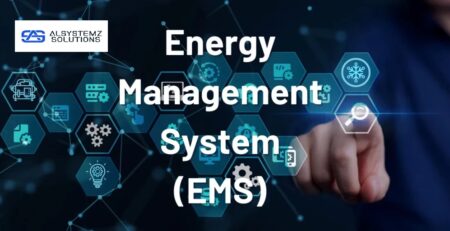
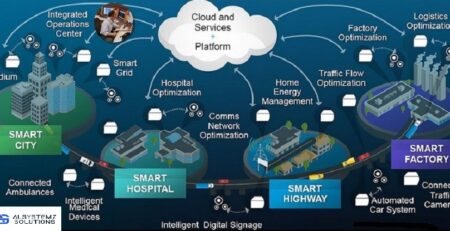


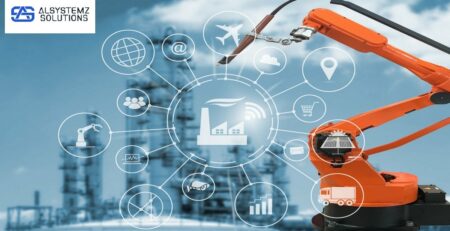

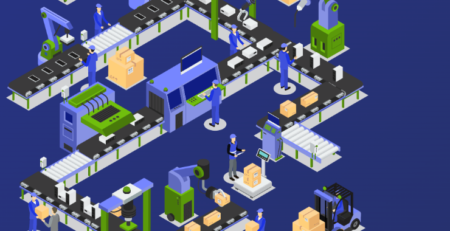
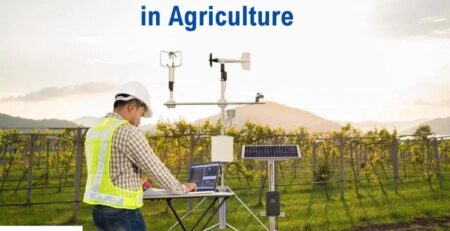
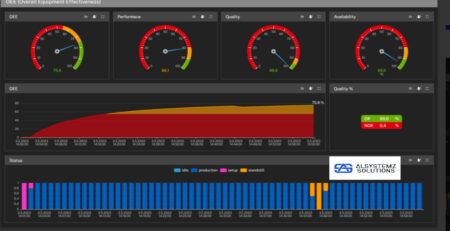

Leave a Reply